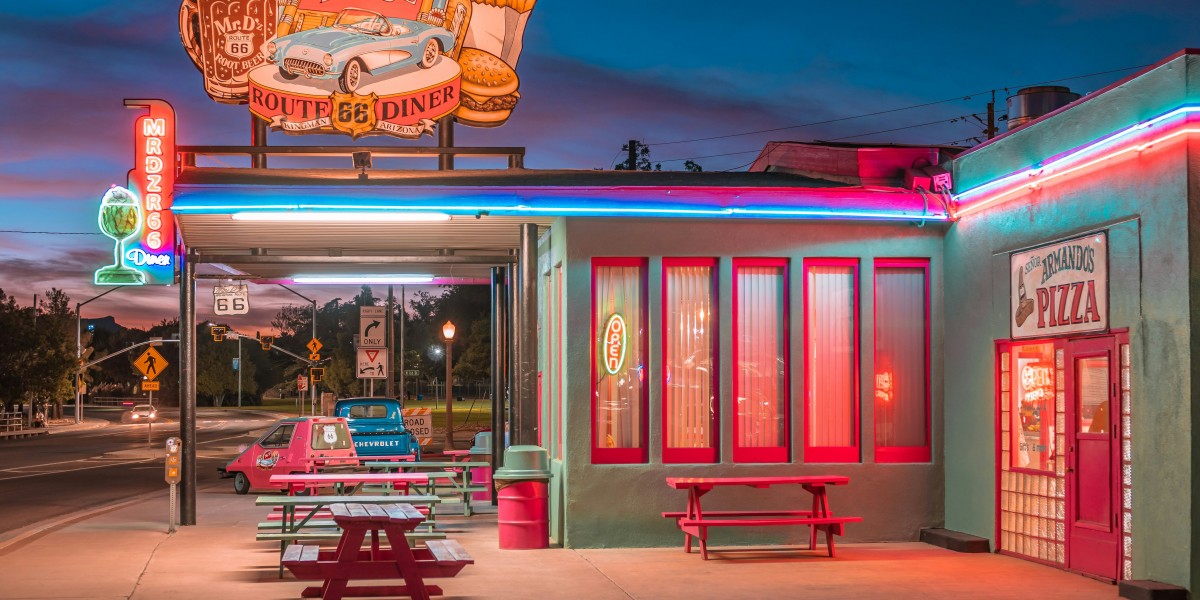Consumer spending is a critical driver of the U.S. economy, influencing everything from business profits to employment rates and economic growth. Understanding the consumer spending patterns in the United States is essential for businesses, policymakers, and economists alike. This pillar explores the evolving trends in consumer behavior, examining the factors that shape how Americans spend their money, what they prioritize, and the broader impact of these spending patterns on the economy.
Read Also: The Importance of Good Governance in Shaping Future Societies
Key Drivers of Consumer Spending
Consumer spending is driven by a variety of factors, ranging from economic conditions to psychological influences and cultural shifts. These factors create dynamic changes in how people allocate their resources and what products or services they purchase. Understanding these drivers is crucial for predicting future trends and understanding the broader economic landscape.
Economic Conditions and Employment
One of the most significant drivers of consumer spending is the state of the economy, particularly employment levels and wages. When the job market is strong and wages are rising, consumers tend to feel more confident about their financial stability and are more likely to spend. Conversely, during periods of economic uncertainty, such as recessions or high unemployment, consumer spending tends to decline as people save more in preparation for potential financial challenges.
Inflation and Interest Rates
Inflation plays a critical role in shaping consumer behavior, as rising prices can lead to a decrease in purchasing power. When inflation rates are high, consumers may cut back on discretionary spending, focusing more on necessities. Similarly, interest rates set by the Federal Reserve influence consumer spending by making borrowing either more expensive or affordable. High-interest rates tend to reduce spending, especially on large-ticket items like homes and cars, while lower rates encourage borrowing and spending.
Consumer Confidence
Consumer confidence is another crucial factor. When individuals feel optimistic about the economy and their personal financial situations, they are more inclined to spend money on both essential and non-essential goods. Conversely, during times of economic instability or uncertainty, consumer confidence tends to drop, leading to more cautious spending habits.
Trends in Consumer Spending
Over time, consumer spending patterns in the U.S. have evolved, influenced by a variety of social, cultural, and technological changes. These evolving patterns provide valuable insights into the shifting priorities and preferences of American consumers.
The Shift Toward Digital Spending
One of the most significant trends in recent years has been the rise of digital and online spending. E-commerce has seen explosive growth, especially during and after the COVID-19 pandemic, as more people turned to online shopping for both convenience and safety. The increasing reliance on smartphones and mobile payment systems has made it easier than ever for consumers to shop from virtually anywhere. Retailers have responded by optimizing their websites, improving user experience, and offering better delivery options to meet the demand for seamless, digital-first shopping experiences.
Increased Focus on Health and Wellness
In recent years, there has been a noticeable shift in consumer priorities, with many Americans placing a higher value on health and wellness. This includes increased spending on fitness-related products and services, such as gym memberships, home fitness equipment, and nutritional supplements. The wellness trend also extends to mental health, with more people seeking services such as therapy and mindfulness practices. As awareness of mental health and well-being grows, so too does consumer spending in these areas.
Sustainability and Ethical Consumption
Another notable trend is the growing interest in sustainable and ethical consumption. Many consumers, especially younger generations like Millennials and Gen Z, are placing a greater emphasis on purchasing from brands that align with their values, such as those that focus on sustainability, ethical sourcing, and environmental responsibility. This shift has led to increased demand for eco-friendly products, sustainable fashion, and zero-waste goods, driving a new wave of conscious consumerism.
The Experience Economy
As the sharing economy and digital entertainment have grown, so has the spending on experiences rather than physical goods. Travel, dining out, and live entertainment have become significant areas of consumer spending, particularly among younger generations who value experiences over material possessions. This trend has led to the rise of industries like experiential marketing, event tourism, and streaming services, with consumers seeking unique, memorable experiences to enhance their lives.
Demographic Differences in Consumer Spending
Consumer spending patterns also vary significantly across different demographic groups. Factors such as age, income, race, and education level all influence how individuals allocate their resources. By understanding these demographic differences, businesses and policymakers can more effectively tailor their products, services, and policies.
Spending by Age Group
-
Generation Z (born 1997-2012) tends to spend more on technology, entertainment, and fashion. This generation is highly influenced by social media and digital trends, with a preference for online shopping and experiential spending.
-
Millennials (born 1981-1996) often prioritize experiences and social causes. They spend significantly on travel, dining, and streaming services, but also place a strong emphasis on affordable and ethical consumption.
-
Baby Boomers (born 1946-1964), on the other hand, generally have higher spending power and are more likely to spend on healthcare, travel, and luxury items. As this generation ages, there is also increased spending in areas like retirement services and elderly care.
Income and Education Levels
Income plays a significant role in determining spending patterns. Higher-income households typically spend more on luxury goods, travel, and investment opportunities. In contrast, lower-income households are more likely to prioritize basic necessities such as food, housing, and transportation. Similarly, consumers with higher education levels often spend more on cultural activities and personal development.
Impact of Consumer Spending on the Economy
Consumer spending is one of the most important components of the U.S. economy, accounting for approximately 70% of GDP. Changes in consumer behavior can have a ripple effect across various sectors, influencing everything from business profits to job creation.
Economic Growth and Recession
In periods of economic expansion, consumer spending tends to rise, boosting overall economic growth. On the other hand, during times of economic downturn, such as recessions or high inflation, reduced consumer spending can slow down the economy. In such times, businesses may be forced to reduce inventory, cut costs, and even lay off employees, leading to further reductions in spending.
Retail and Service Industries
The retail and service industries are directly impacted by consumer spending patterns. Shifts toward online shopping and experiential spending have altered the landscape of traditional brick-and-mortar retail. Many companies are now focusing on e-commerce and creating engaging customer experiences to stay competitive. Similarly, sectors like travel, entertainment, and hospitality have experienced shifts based on changing consumer preferences and disposable income.
The Future of Consumer Spending
Looking forward, it’s clear that consumer spending patterns will continue to evolve in response to economic, technological, and cultural changes. The growth of the digital economy, the increasing importance of sustainability, and the continued shift toward experience-based consumption will likely drive new trends in the coming years.
The Role of Technology
As technology continues to advance, it’s likely that digital spending will become an even more dominant force in the economy. Innovations such as artificial intelligence (AI) and augmented reality (AR) are likely to enhance the shopping experience, offering consumers more personalized and interactive ways to shop, from virtual showrooms to AI-driven shopping assistants.
Read Also: A Deep Dive into the Diverse Forms of Government Worldwide
Sustainability and Ethical Consumption
As climate change and social justice issues become more pressing, consumers are expected to increasingly prioritize products and brands that align with their values. This will drive further growth in eco-friendly products, ethical fashion, and sustainable services. Businesses will need to adapt to these changes to remain relevant to the evolving consumer base.
Understanding consumer spending patterns is essential for businesses, policymakers, and economists. The evolution of these patterns—driven by economic conditions, technological advancements, and shifting cultural values—shapes the direction of the U.S. economy and plays a pivotal role in determining which industries thrive. By staying attuned to these patterns and the factors that drive them, stakeholders can better navigate the complexities of the market and anticipate future changes in the economic landscape.








